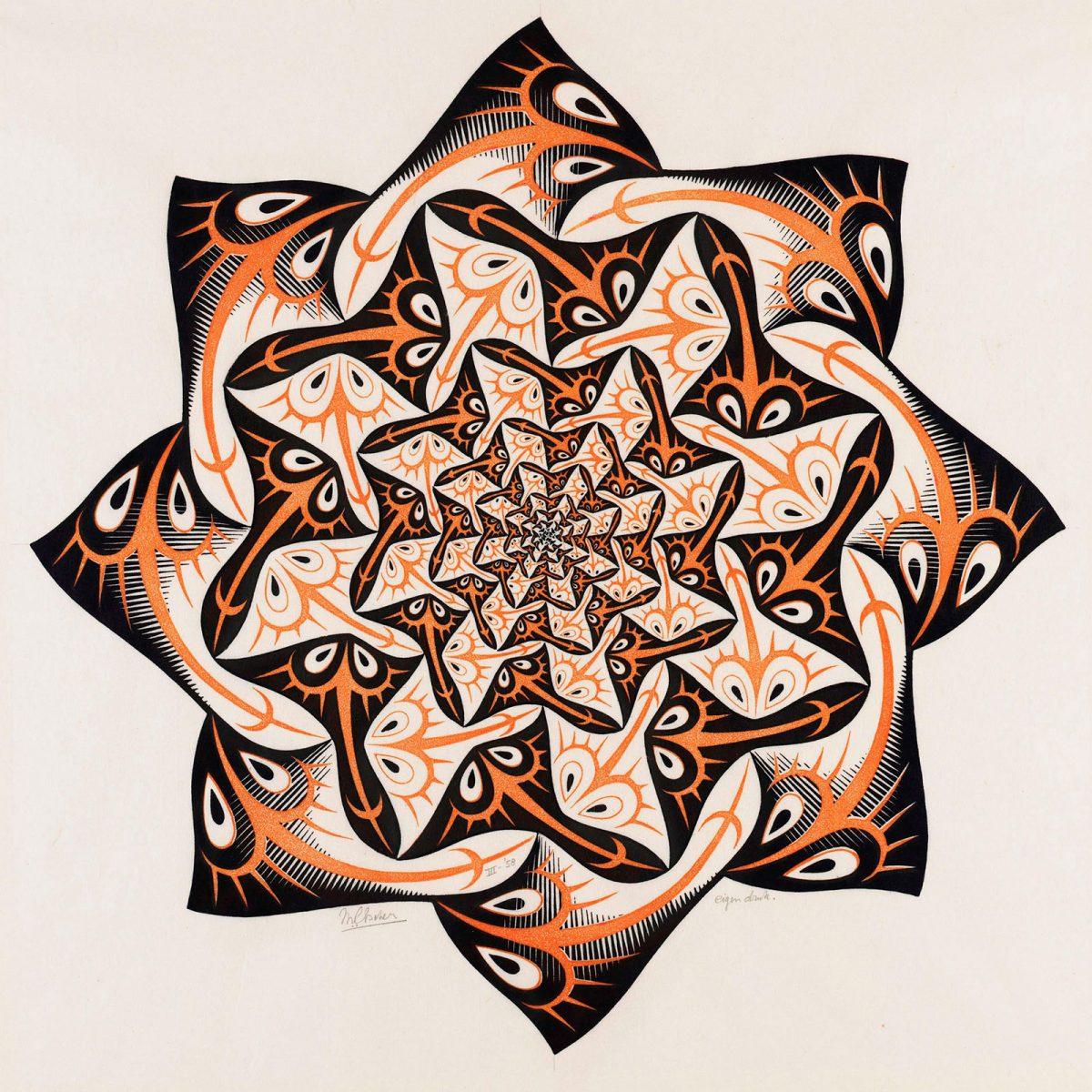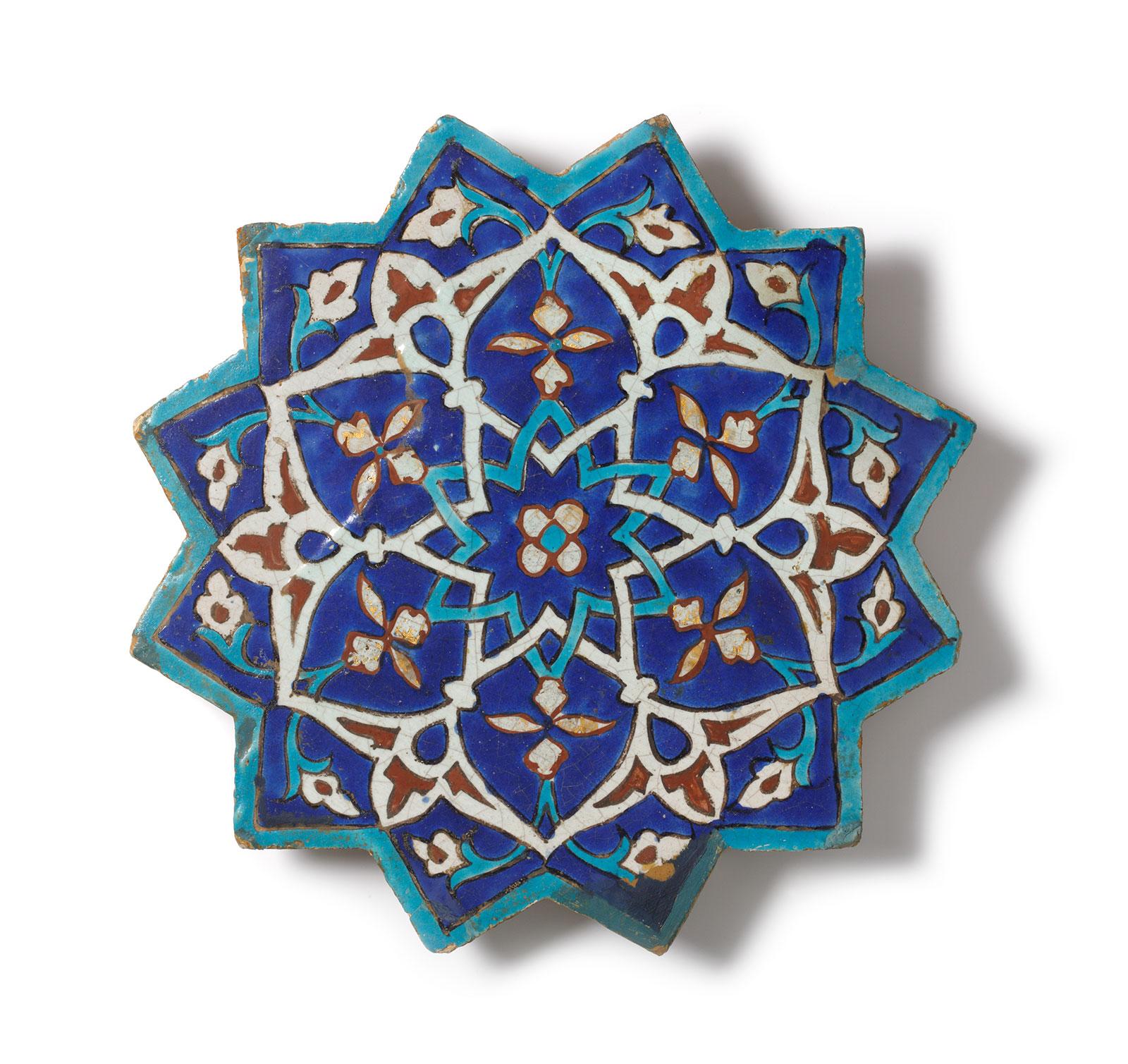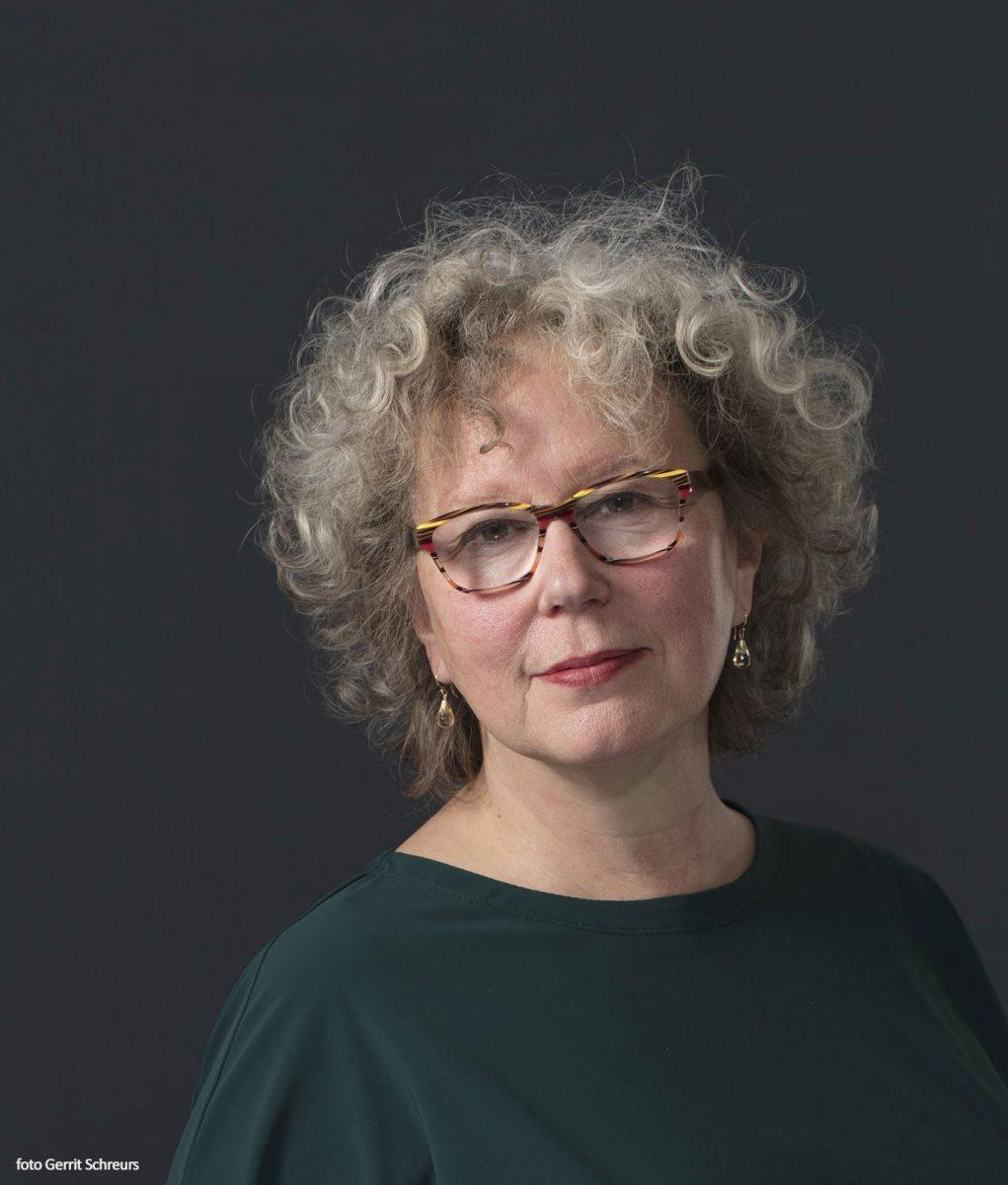

Between July and November 2013, Escher in The Palace hosted the exhibtion Escher and treasures from the Islam. Simultaneously, the exhibition Escher meets Islamic Art was on show at the Tropenmuseum in Amsterdam. Both exhibitions showed the influence of Islamic art on the work of M.C. Escher.
This exhibition has shown how M.C. Escher was influenced by the tessellations (repeating shapes or patterns) he saw on the walls of the Alhambra, the Spanish-Islamic palace in Granada, and the Mezquita, a mosque in Córdoba, both in the southern Spanish province of Andalusia. After studying printmaking in Haarlem, Escher travelled to Andalusia in 1922. He returned in 1936, this time with his wife Jetta. On both occasions Escher copied the tessellations on walls and alcoves, the second time assisted by Jetta.


In the fourteen years between 1922 and 1936, Escher did not use tessellation in any of his prints. Following his second visit to Spain, he showed Metamorphosis I, the first woodcut to feature tessellation, to his older half brother Berend (Beer). Beer thought that Escher might find inspiration in his professional literature and sent him a list of articles. Escher discovered a storehouse of information in the 17 plane symmetry groups that the Hungarian mathematician George Pólya brought together, and in a publication by the German crystallographer Friedrich Haag. In the Second World War Escher started working with these abstract groups, exploring and varying them until he could make recognisable figures. Tessellation allows an unending series of images to be created whose outer lines seamlessly interlock. The motifs lie next to each other like floor tiles, so they can be endlessly repeated: upwards, downwards and sideways. They provided Escher with the ideal form to express his ideas on eternity and infinity. The playfulness and refinement with which he did this is demonstrated by the works in Escher and the Treasures of Islam. This exhibition was the result of a collaboration with the Tropenmuseum in Amsterdam. The exhibitions in the two museums illustrated visual correspondences between the prints and drawings of M.C. Escher and the works of Islamic artists, mostly ceramics. The works from the Islamic world were on loan from the collection of the Gemeentemuseum Den Haag, one of the leading European collections in this field.
More stories about Escher


Development

